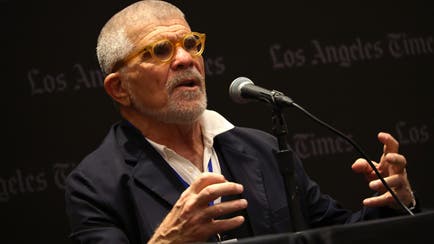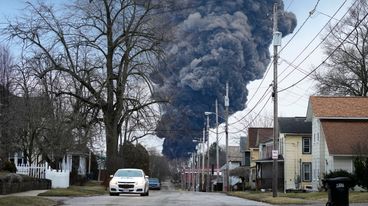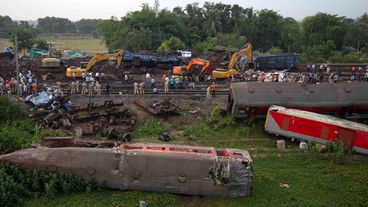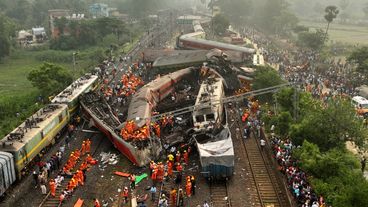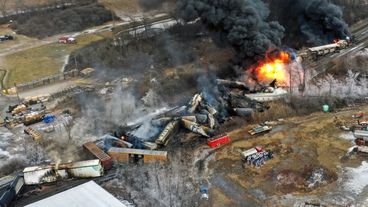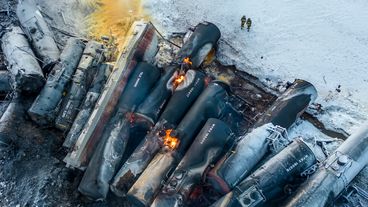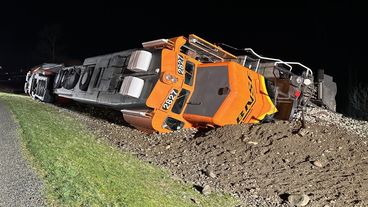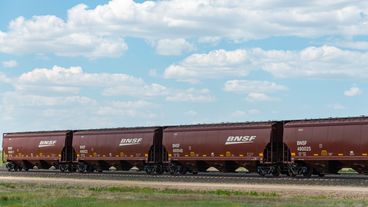train derailment
The president's visit comes after months of public backlash and amid growing fears of long-term health risks.
Environmental agencies are often quick to declare the air, water and soil safe after chemical disasters like the Ohio train derailment — but huge knowledge gaps exist.
Internal agency communications confirm certain EPA experts, including a "key dioxin scientist," were not consulted until a month after the derailment.
On Sunday, a few shattered carriages, mangled and overturned, were the only remnants of the tragedy.
WHAT'S HAPPENING
“This is very, very tragic. I have never seen anything like this in my career," said Sudhanshu Sarangi, the director of Odisha state’s fire and emergency department.
The disaster response has not only been flawed — it is one big conflict of interest.
Chemicals from the derailed cars and firefighting foam seeped into creeks and rivers near the village, with some eventually ending up in the Ohio River.
Multiple cars on a BNSF freight train came off the tracks early Thursday morning, prompting evacuations within half a mile of the crash site in Raymond.
State officials estimated that up to 5,000 gallons may have leaked, though the train company said it's far less. The incident came hours after another BNSF derailment.
BNSF Railway says a freight train carrying corn syrup, not hazardous material, derailed in western Arizona, near the state’s border with California and Nevada.

